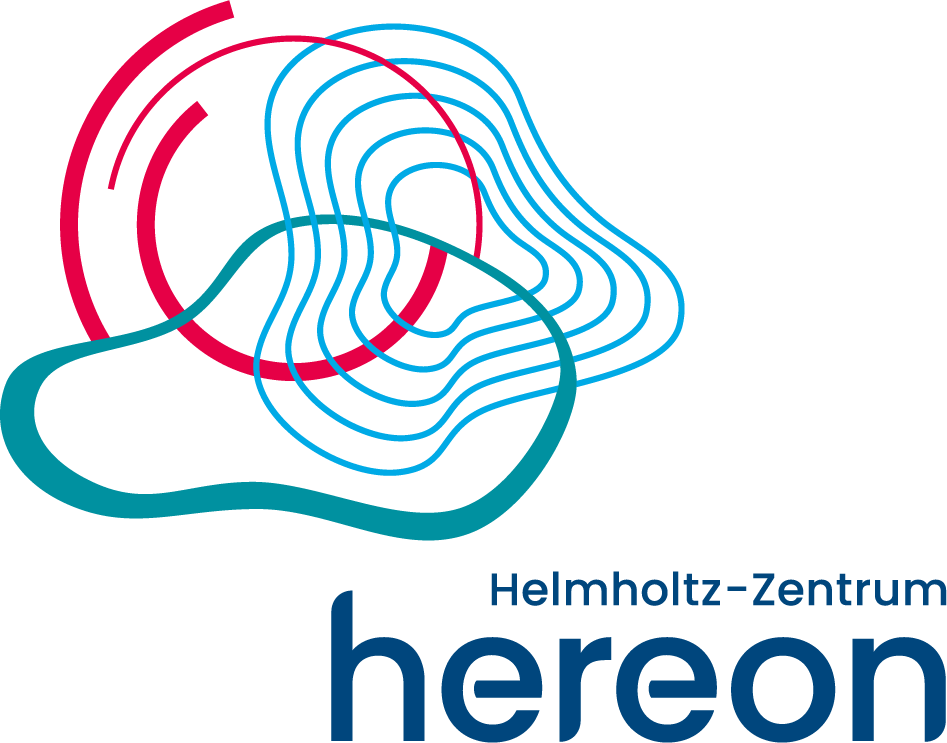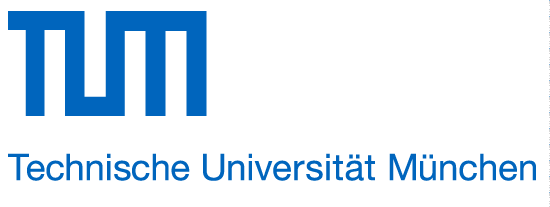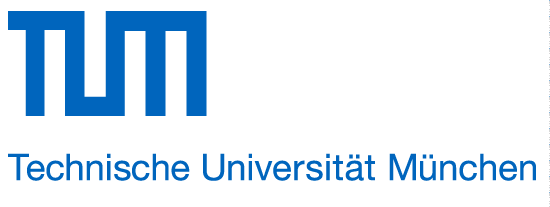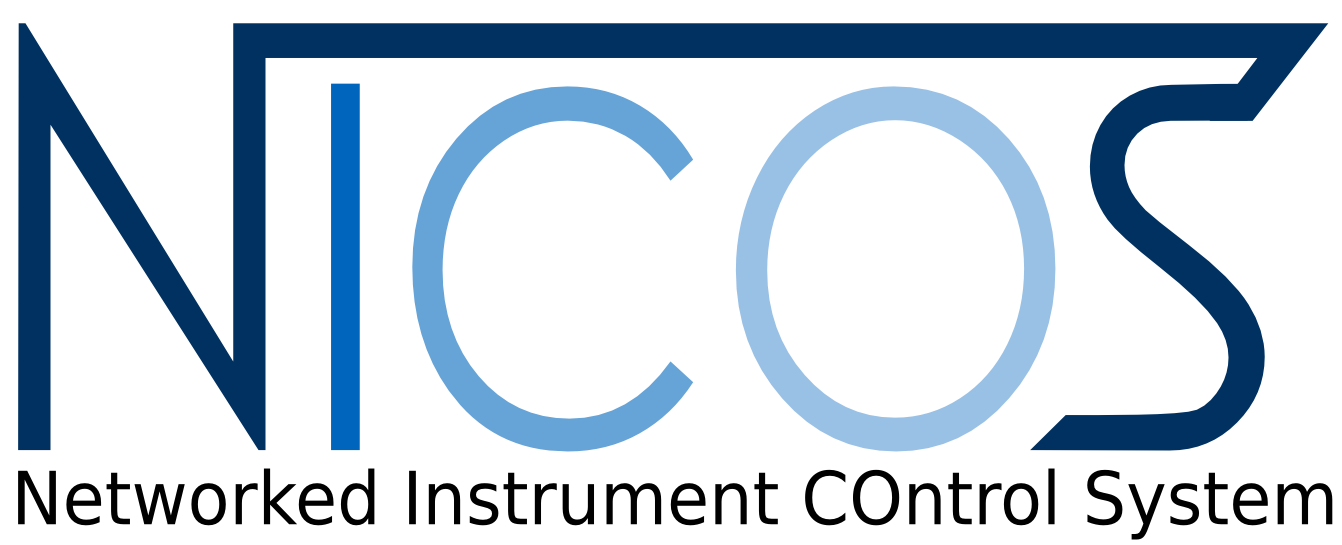MLZ is a cooperation between:
 > Technische Universität München
> Technische Universität München > Helmholtz-Zentrum Hereon
> Helmholtz-Zentrum Hereon
 > Forschungszentrum Jülich
> Forschungszentrum Jülich
MLZ is a member of:
 > LENS
> LENS > ERF-AISBL
> ERF-AISBL
MLZ on social media:

MLZ (eng)
Lichtenbergstr.1
85748 Garching
KOMPASS (in commissioning)
Cold three axes spectrometer with polarisation analysis

This instrument is focussed on cold neutrons. Therefore, please carefully check the “Technical data WITHOUT cold source” section. Deviating parameters are in bold. The instrument team is happy to answer any further questions!
KOMPASS — the new cold neutron three axes spectrometer is fully designed to work exclusively with polarised neutrons and to provide a zero-field 3D polarisation analysis, complementary to the other three axes spectrometers at the MLZ. Typical applications are the investigations of complex magnetic structures and excitations.
The instrument is located at the end position of the curved, cold neutron guide NL1. Serial polarising V-cavities in the upstream part of the guide system provide a permanent high-polarised incident neutron beam. The parabolic focussing guide design before the monochromator further includes different exchangeable guide front ends for optimised energy- and Q-resolution, respectively. The focussing guide, together with the variable double-focussing monochromator (and analyser), provides a high neutron flux over a large dynamic range at a small sample volume combined with a superior energy resolution at the expense of a slightly reduced transverse Q-resolution.
For measurements with high Q-resolution or the investigation of steep dispersion relations, the parabolic front ends can be exchanged for the straight elements. Higher-order wavelength contaminations can be suppressed by an optional velocity selector installed before the monochromator. For sample positioning, the sample table is equipped with motorised xy-stages and cradles. The spin state of the scattered neutrons is analysed with a multichannel polarising V-cavity installed between the analyser and the detector. Optionally, for higher divergence, the Heusler analyser from Instrument PANDA is available.
Apart from a standard closed-cycle cryostat, the instrument is equipped with a set of Helmholtz coils for longitudinal polarisation analysis and the 3rd generation ILL system CryoPAD for neutron polarimetry.
Construction and commissioning of KOMPASS are supported by the BMFTR (formerly BMBF) through project 05K19PK1.
- Complex (chiral) magnetic structures (e.g. rare earths)
- All types of weak magnetic orders
- Quantum effects associated with longitudinal magnetic excitations
- Quantum critical fluctuations
- Multiferroic and magneto-electric materials
- Unconventional and high-TC-superconductors
- Itinerant magnetic systems
- Systems of reduced dimensions (e.g. thin films and multilayer structures)
With thermal neutrons, KOMPASS will be mainly operated in polarised neutron diffraction mode with longitudinal polarisation analysis.
Neutron Guide System and Design- End position of the neutron guide NL1, dimensions: 60 × 120 mm2 (W × H)
- Permanently installed triple polarising V-cavity providing high incident polarisation of P > 98 %
- Parabolic focussing in the scattering plane
- Exchangeable straight and parabolic focusing guide front ends for optimised (E,Q)-resolution
- Compact design with M-S and S-A distances of only 120 cm, A-D distance of 100 cm
- Δλ/λ = 31 %, effective down to λmin = 2.35 Å wavelength
- Effectively suppresses higher-order contaminations and lowers the background
- Selector can be exchanged with ‘virtual source’ slit-system located in the focus point of the parabolic polarising guide
- HOPG (d = 3.355 Å), dimensions: 273 × 188 mm2 (W × H)
- 28° < 2ΘM < 135°
- 1.04 Å-1 < ki < 3.87 Å-1
- Doubly variable focussing
- HOPG (d = 3.355 Å), dimensions: 220 × 225 mm2 (W × H)
- -130° < 2ΘA < 130°
- Doubly variable focussing
- Optional Heusler Analyser with variable horizontal focussing (from PANDA)
- Compact polarising V-cavity
- 5 channels with double-sided Fe/Si coated silicon wafers, m = 4.2
- Pf > 96 % for neutrons with 1.5 ≤ En ≤ 15 meV
- Optional 10’ and 30’ horizontal collimators
- Integrated Hallbach Array
- 2” ³He tube (standard)
- 1” PSD ³He tube with active length of 250 mm (optional)
- α0: 20’, 40’
- α1: 10’, 20’, 40’, 80’
- α2: 10’, 20’, 40’, 80’
- α3: 10’, 20’, 40’, 80’
- 30’ and 60’ radial collimators between focussed analyser and detector for suppression of HOPG diffuse scattering
- Incident energy range: 2.2 meV < Ei < 25 meV
- Scattering angle at the sample: 2ΘS up to 140°
- Analyser scattering angle: -130°< 2ΘA < 130°
- Energy transfer: up to 20 meV
- Momentum transfers: up to Q = 4.5 Å-1
With the cold source, the full spectrum of inelastic measurements and measurements with CryoPAD are feasible.
Neutron Guide System and Design- End position of the neutron guide NL1, dimensions: 60 × 120 mm2 (W × H)
- Permanently installed triple polarising V-cavity providing high incident polarisation of P > 98 %
- Parabolic focussing in the scattering plane
- Exchangeable straight and parabolic focusing guide front ends for optimised (E,Q)-resolution
- Compact design with M-S and S-A distances of only 120 cm, A-D distance of 100 cm
- Δλ/λ = 31 %, effective down to λmin = 2.35 Å wavelength
- Effectively suppresses higher-order contaminations and lowers the background
- Selector can be exchanged with ‘virtual source’ slit-system located in the focus point of the parabolic polarising guide
- HOPG (d = 3.355 Å), dimensions: 273 × 188 mm2 (W × H)
- 28° < 2ΘM < 135°
- 1.04 Å-1 < ki < 3.87 Å-1
- Doubly variable focussing
- HOPG (d = 3.355 Å), dimensions: 220 × 225 mm2 (W × H)
- -130° < 2ΘA < 130°
- Doubly variable focussing
- Optional Heusler Analyser with variable horizontal focussing (from PANDA)
- Compact polarising V-cavity
- 5 channels with double-sided Fe/Si coated silicon wafers, m = 4.2
- Pf > 96 % for neutrons with 1.5 ≤ En ≤ 15 meV
- Optional 10’ and 30’ horizontal collimators
- Integrated Hallbach Array
- 2” ³He tube (standard)
- 1” PSD ³He tube with active length of 250 mm (optional)
- α0: 20’, 40’
- α1: 10’, 20’, 40’, 80’
- α2: 10’, 20’, 40’, 80’
- α3: 10’, 20’, 40’, 80’
- 30’ and 60’ radial collimators between focussed analyser and detector for suppression of HOPG diffuse scattering
- Incident energy range: 2.2 meV < Ei < 25 meV
- Scattering angle at the sample: 2ΘS up to 140°
- Analyser scattering angle: -130°< 2ΘA < 130°
- Energy transfer: up to 20 meV
- Momentum transfers: up to Q = 4.5 Å-1
Instrument scientists
Dr. Ran Tang
Phone: +49 (0)89 289-54744
E-mail: Ran.Tang@frm2.tum.de
KOMPASS
Phone: +49 (0)89 289-14879
Operated by


Funding

Publications
Find the latest publications regarding KOMPASS in our publication database iMPULSE:
Citation templates for users
In all publications based on experiments on this instrument, you must provide some acknowledgements. To make your work easier, we have prepared all the necessary templates for you on this page.
Instrument control
Gallery

MLZ is a cooperation between:
 > Technische Universität München
> Technische Universität München > Helmholtz-Zentrum Hereon
> Helmholtz-Zentrum Hereon
 > Forschungszentrum Jülich
> Forschungszentrum Jülich
MLZ is a member of:
 > LENS
> LENS > ERF-AISBL
> ERF-AISBL
MLZ on social media:





